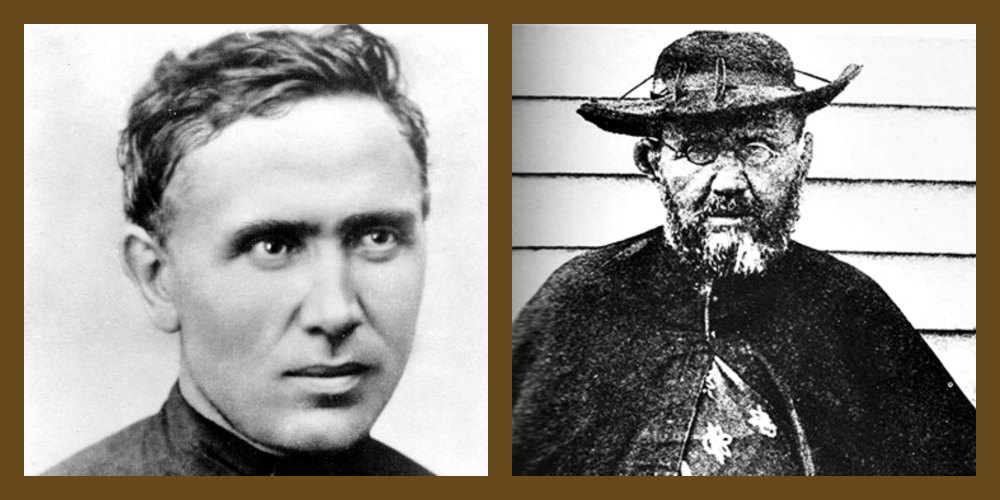Hawaii History:
(from “Aloha Betrayed: Native Hawaiian Resistance to American Colonialism” by Noenoe K. Silva, Duke University Press, Durham, NC, 2004)
Conservative estimates of Hawaii’s population in 1778 range from 400,000 to 1,000,000; just forty five years later, in 1823, that number was reduced to about 135,000 due to disease. The first epidemic, called ma’i’oku’u (crouching disease) by the Kanaka (natives), “swept off the majority of Hawaiians.” This was followed some forty years later, in 1863, by epidemics of measles, whooping cough, and influenza. Tuberculosis and “a steady corrosive flow of [other] infection[s]” also weakened and killed people, although not in a singular, identifiable epidemic.
Regardless of how they attempted to explain the mass deaths, the ali’i (chiefs) and the maka’ainana (commoners) grieved over the enormous loss of life and their fate – on a scale that we today can barely imagine. The behavior of survivors is nearly identical to the symptoms of post-traumatic stress disorder, which some call “an infection of the soul.” One author (Napoleon) said: “The case can be made that many of the survivors of the Great Death suffered from post traumatic stress disorder, and that it was in this condition that they surrendered and allowed their old cultures to pass away.” The Kanaka ‘Oiwi Hawai’i (native Hawaiians) were forever changed by the horrific experience of mass death.
Blessings, Peace & Pono,
Fr. Brian, ss.cc.
Priest
Molokai, Topside
